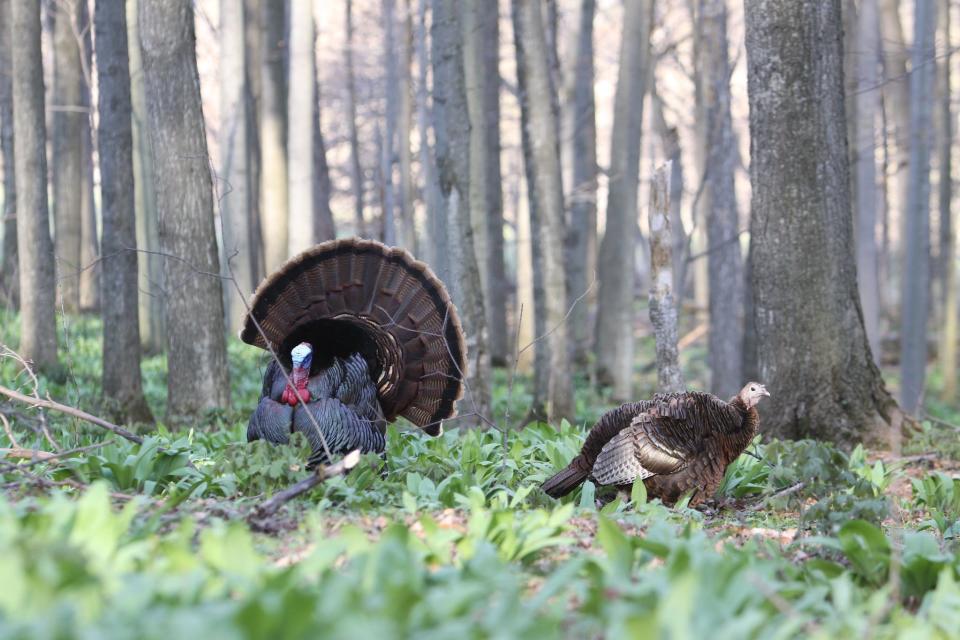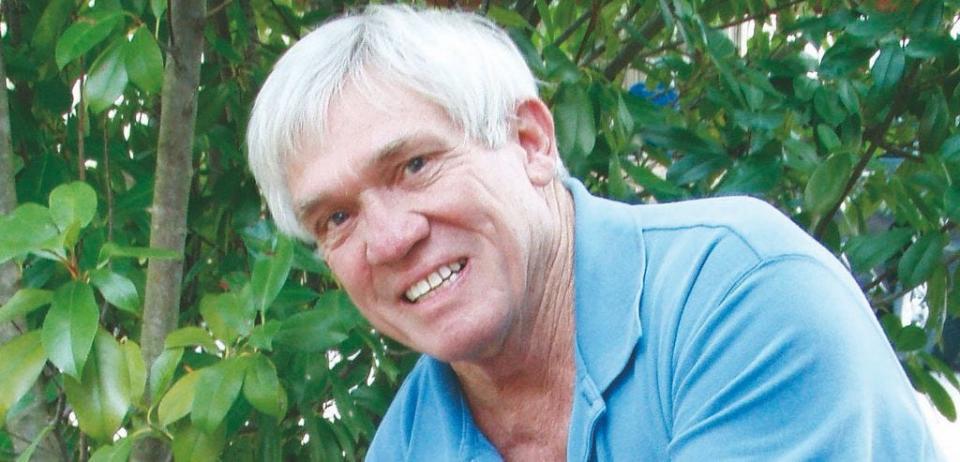How are wild turkeys faring? | ECOVIEWS
The following questions relate to the most popular bird on dinner tables for three major holidays.
Q. I have heard that wild turkeys are declining throughout the country. Is this serious? If so, who is addressing the problem?
A. The National Wild Turkey Federation in Edgefield, South Carolina, is a nonprofit organization dedicated to “the conservation of the wild turkey and the preservation of our hunting heritage.” NWTF was founded in 1973, so this is their 50th anniversary. For half a century the organization has been the driving force in reintroducing wild turkeys to the lower 48 states and Hawaii. Alaska has no wild turkeys. According to the last NWTF status report, “Wild turkey populations are growing or sustaining in certain areas, while other areas are experiencing an unquestionable decline and instability.”

NWTF recognizes that, as is true for many wildlife species, no one-size-fits-all solution is available to address the decline in a particular area as numerous variables are involved.
One of the most pervasive problems is the destruction of natural habitats due to unregulated commercial and agricultural development. NWTF works closely with state wildlife agencies to monitor the potential impacts of hunting pressure on turkey populations each year (hence the high variability among states and years in turkey hunting regulations). They have also entered into a stewardship agreement with the U.S. Forest Service to “promote healthy forests” throughout the country, which will be good for wild turkeys as well as other forest animals.
Q. I know we think of Thanksgiving as the day to eat turkey, but isn’t Christmas a big turkey day as well? Also, what proportion of turkey meals are from wild turkey hunting compared to farm-raised domestic turkeys?
A. According to the USDA, 219 million turkeys were raised in the country during the past year, of which almost half were consumed over three holidays. If you are a turkey, you should not let your guard down between Thanksgiving and Christmas. An estimated 46 million were eaten on Thanksgiving compared to a predicted 22 million on Christmas Day. At 19 million, Easter Sunday does not lag far behind.
Wild turkeys certainly are one of the main courses on dinner tables every year, but the number eaten on Thanksgiving or Christmas is well below that of store-bought turkeys.
Each state keeps a record of how many turkeys are harvested during hunting season. Yearly estimates (in thousands) for 2022 are, in ascending order, Georgia at more than 10, South Carolina at more than 13 and Alabama at more than 35. According to NWTF the national number for 2019 was 646,740, which is an average of more than 13,000 per state in the 49 where turkeys were hunted.
How many of these got roasted for meals would be a guess as wild as the turkeys. How many are cooked on holidays becomes an even more difficult statistic to determine.
Wild turkeys are strictly North American, naturally occurring from southern Canada into Mexico and Guatemala. Based on reports of naturalists and early settlers, eastern North America had an abundance of wild turkeys. As the country developed, however, the species declined and began to disappear.
According to reports from before wild turkeys were reestablished, the last wild turkey in Massachusetts was killed in 1851, and the last one to be seen in Connecticut was in 1813. Some survived in southern forests, although populations became sparse everywhere. As late as the mid-1900s many experienced ornithologists had never seen a wild turkey because of their rarity.
Despite declines in some regions, wild turkeys now thrive throughout much of their original geographic range, thanks to the efforts of state wildlife agencies and the NWTF.
The fate of wild turkeys reinforces a continuing irony: regulated hunting of a popular game species often promotes healthy populations because major investments are made for their conservation, including maintaining suitable habitats. Let us hope that wild turkey recovery efforts continue everywhere; nongame wildlife will also benefit.
For more information on the National Wild Turkey Federation go to www.nwtf.org.

Whit Gibbons is professor of zoology and senior biologist at the University of Georgia’s Savannah River Ecology Laboratory. If you have an environmental question or comment, email ecoviews@gmail.com.
This article originally appeared on The Tuscaloosa News: How are wild turkeys faring? | ECOVIEWS

